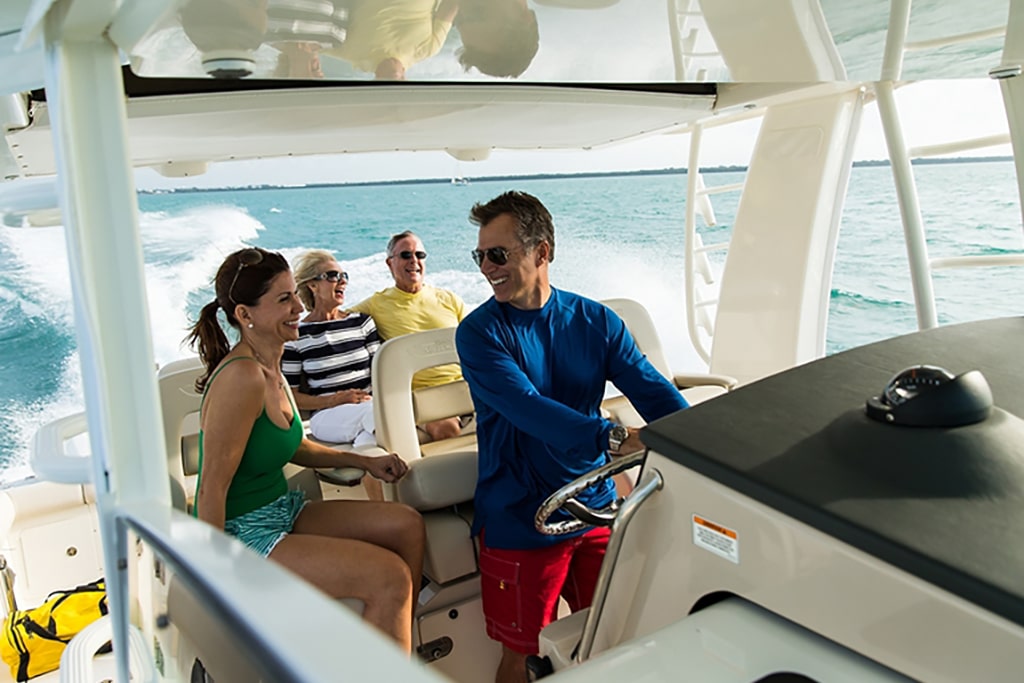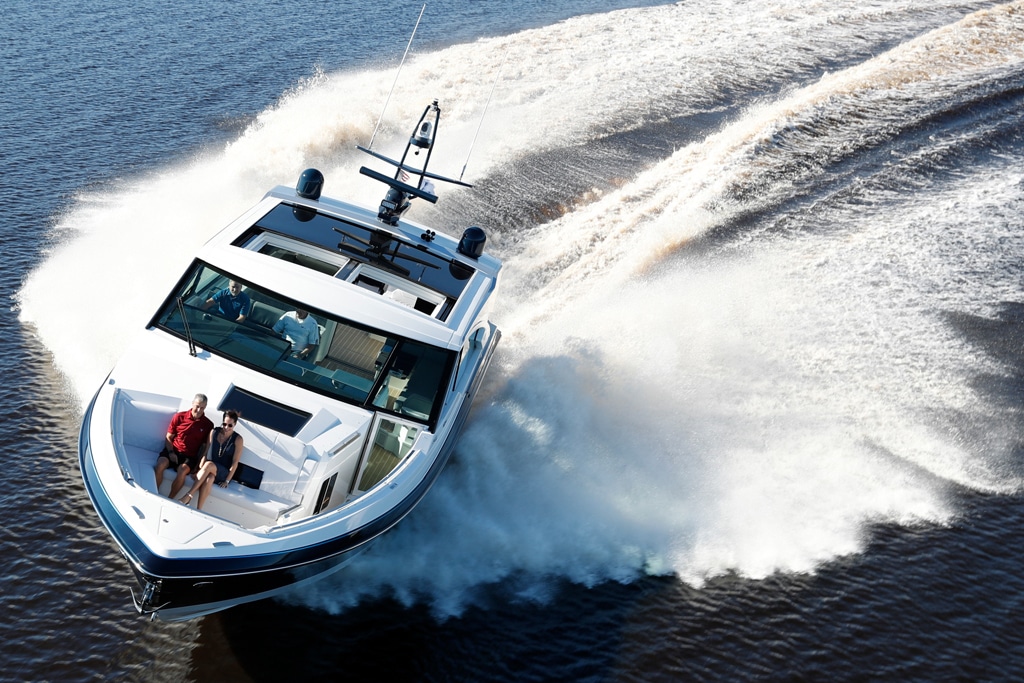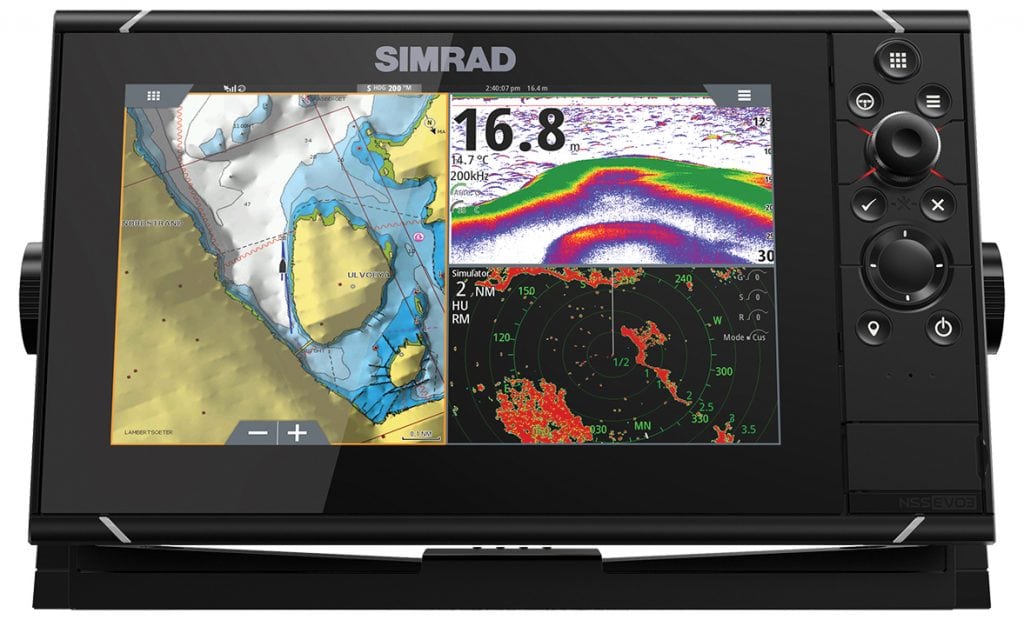Try Before You Buy
5 Sea Trial Tips to get the most out of your sea trial
You’ve done all of your research and you’ve narrowed down your choices. But before you put your money down on a boat, why not take her out for a ride? That way, you’ll know if this investment is right for you. Here are five things to pay attention to while on your sea trial.
Getting Around
Most important are the way the boat performs on the water and how easy or difficult it is to move around the boat while on board. Test the boat’s maneuverability on the water by spinning her in a variety of different turns. Does it skip in a tight turn or dig in? Is the steering tight or loose? Also, try backing in at the dock; are you able to do it with ease? On board, walk bow to stern and check if the deck provides traction, grab rails are accessible, nothing is obstructing movement around a particular area, etc.
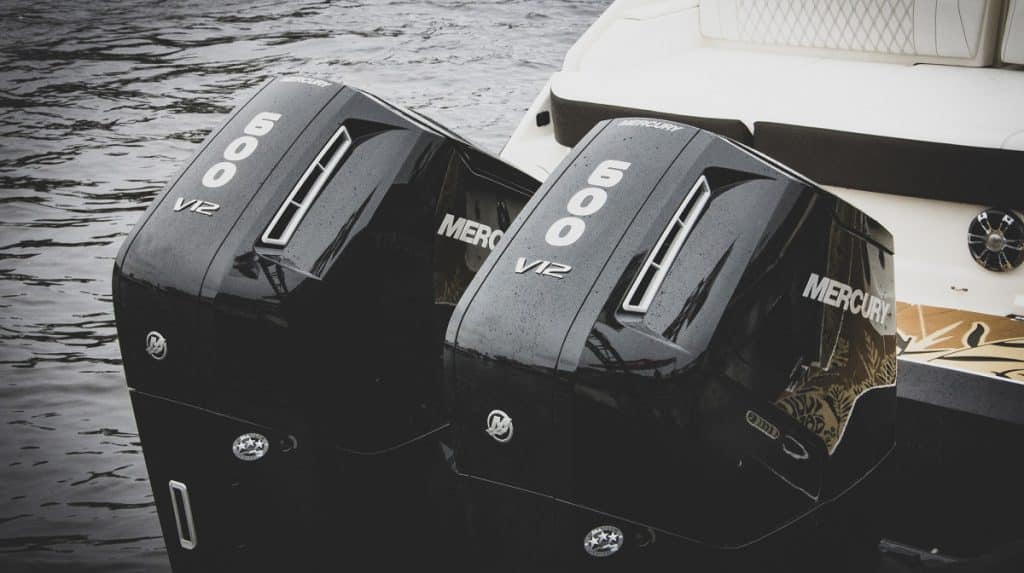
The Need for Speed
Power up the engines and feel how the boat transitions from low to high speed. How much trim is required? How does it perform at high speeds? Is the hull stable in various conditions? Does she stay on plane while turning? Find her lowest planing speed, which is important when sailing during inclement weather. A good number is between 12 and 17 mph.
Sights, Sounds, and Smells
Check visibility from the helm. Look forward and aft to be sure you can see another boat approaching or passing close on either side. Inspect the hull and the interior for damage or previous repairs. Notice any corrosion or scratches? If so, point that out now. Look for wear and tear in the upholstery, including stains and rips. Be sure nothing is rattling or thumping when underway. Listen for any abnormal sounds coming from the engine whether you’re in idle or at top speed. Do the engines choke or sputter or smoke at certain rpms? Do the gauges show accurate readings? Schedule a compression check on the engine(s) to verify pistons and cylinders are in good condition to avoid the high cost of repair or replacement. Finally, sniff around for unusual odors that could be a sign of mold or mildew. A burning smell is cause for immediate concern.
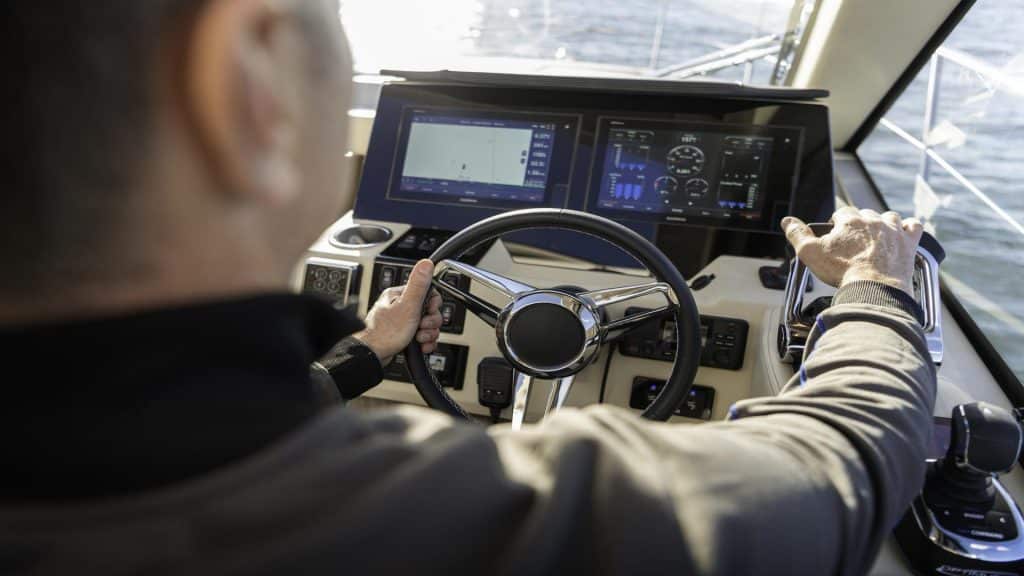
At the Helm
Make sure you’re comfortable in the captain’s chair, both physically and mentally. Not everyone is a tech genius, so confirm the navigation and communication systems at the helm work. After all, without that knowledge, you’re going nowhere fast. Be sure the boat you’re testing is equipped with technology you can handle. If there’s more, can you learn it prior to needing it in an emergency? Also, make sure this equipment is within reach and easy to see. Is there a glare from the sun reflecting off the electronic displays?
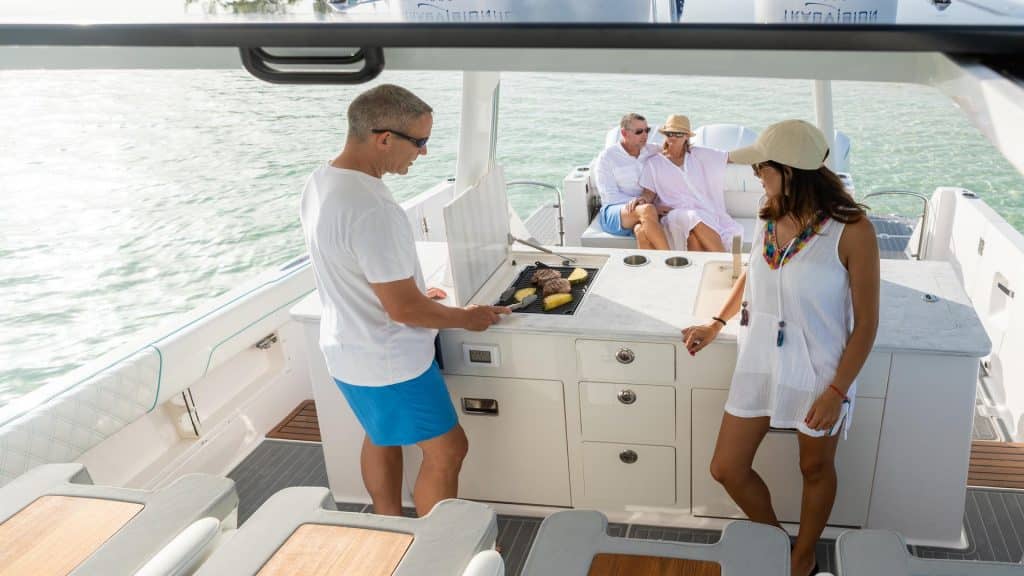
Find a Place for It
Two things you can never have enough of: storage and cupholders. Walk around and check for both. The more cupholders, the better. Storage might be under seat cushions, under the berth in the cabin, even below the deck. If you see a latch, open it. You never know what you will find. Even more importantly, will it suit your needs? Family? Fishing? Water sports? Take a second look if need be to be sure. It’s an investment that will bring a wonderful lifestyle.


